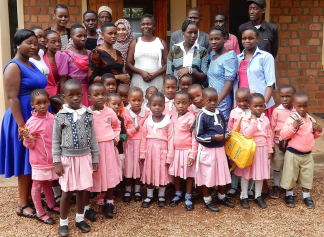CONVENTION ON THE RIGHTS OF THE CHILD
The Convention on The Rights of the Child
How is the Convention connected to Montessori principles?

“Put simply, children’s rights are embedded in Montessori.”
“These examples of Montessori in practice demonstrate that children’s rights are at the heart of the Montessori Method. Put simply, children’s rights are embedded in Montessori.
While the Montessori environment is a model for children’s rights, this fact is sadly not as widely recognised as it should be. As Montessori teaching professionals, we should speak to others more often about the rights-based practices in our environments and talk more regularly about the intrinsic value of the work that is being carried out day in, day out. We are educating in a way that is highly respectful of children’s rights but that is not enough – we also need to express this in clear language that parents and other stakeholders will understand and respect.
«The evidence shows overwhelmingly that children who learn about and experience their rights are children who demonstrate the fundamentals of good citizenship. They gain knowledge not only of their basic rights but also their corresponding social responsibilities. They develop the attitudes and values that are necessary for the promotion and protection of the rights of others, and they acquire the behavioural skills necessary for effective participation in a democratic society.»
Most educational environments are challenged to embed rights, often they are approached with tokenism and addressed in the form of add-ons, to paraphrase Todres. Rights are often taught as a separate lesson instead of being integrated throughout the curriculum. In a sense, the Montessori Method with its integrated approach to children’s rights, is doing the hard bit. We should now take that next step and include the language of human rights and children’s rights in our communications and in the very lexicon of Montessori Education.”
Edwina Mulcahy
AMI Primary 3-6 Years (London), AMI Elementary 6-12 Years (Dublin) Benincasa Special Needs Diploma, Dublin Master’s Degree in Education, and PhD Candidate, University College Dublin, April 2020
The 42 Articles of the Convention on the Rights of the Child
Here we have listed the 42 articles that make up the Convention in child-friendly language. You can download the Convention on the Rights of the Child in its entirety here.
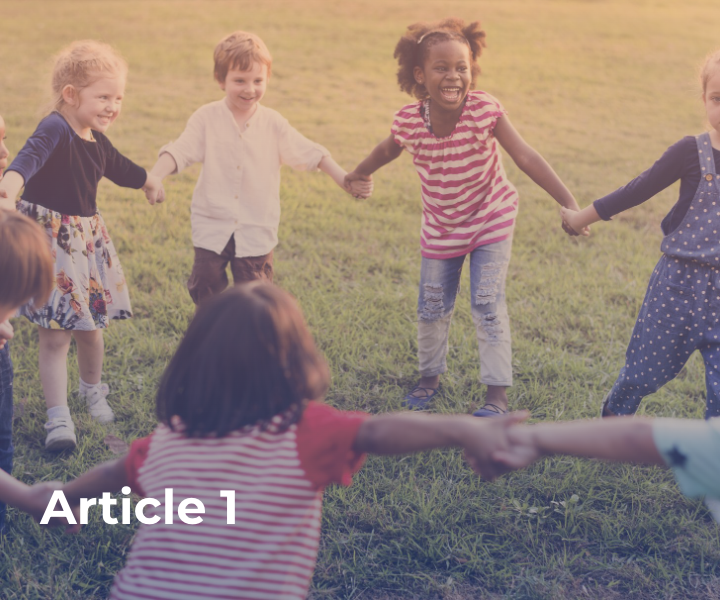
ARTICLE 1
Everyone under 18 has all these rights.
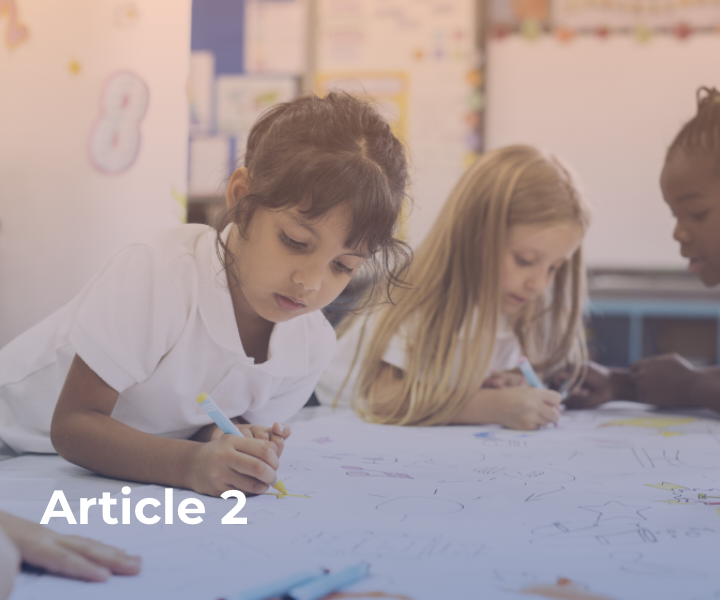
ARTICLE 2
You have the right to protection against discrimination. This means that nobody can treat you badly because of your colour, sex or religion, if you speak another language, have a disability, or are rich or poor.
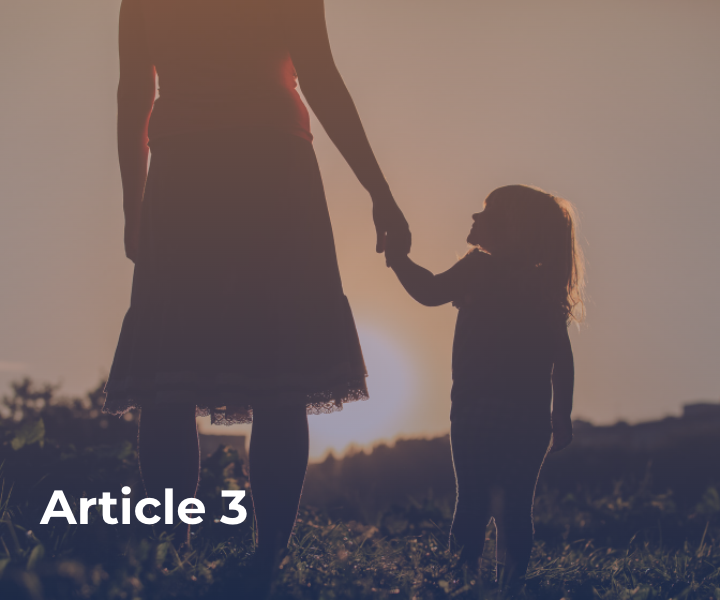
ARTICLE 3
All adults should always do what is best for you.
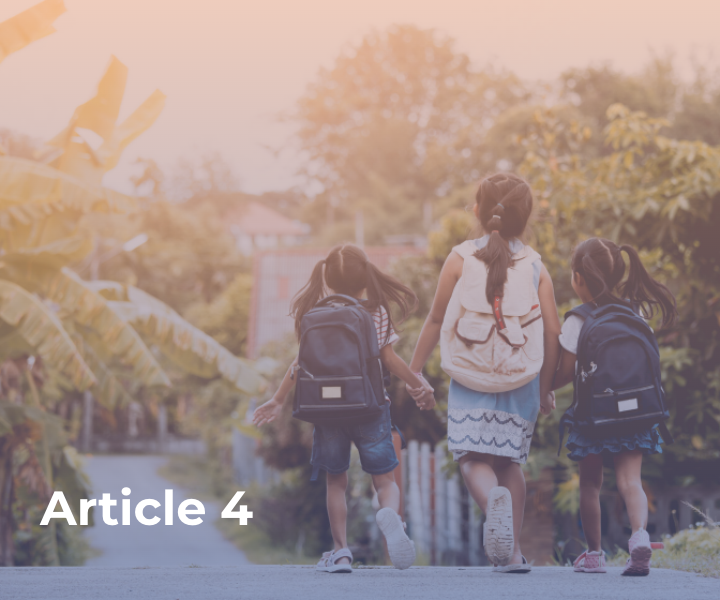
ARTICLE 4
You have the right to have your rights made a reality by the government.
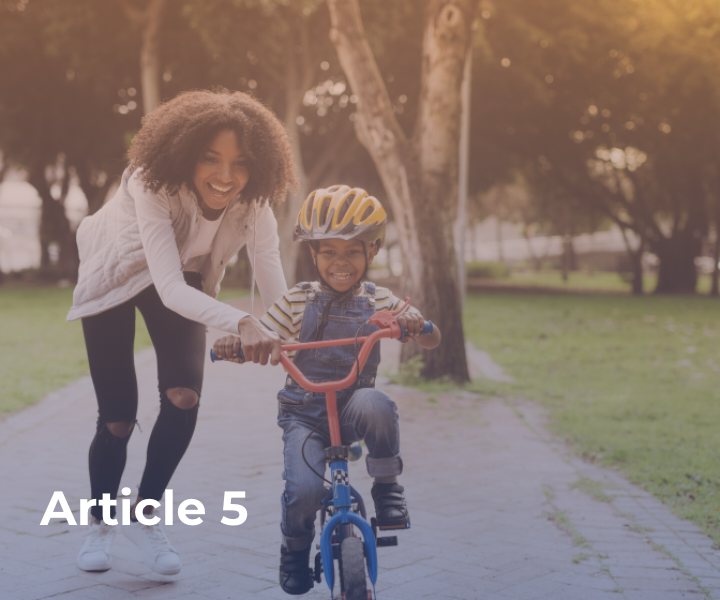
ARTICLE 5
You have the right to be given guidance by your parents and family.
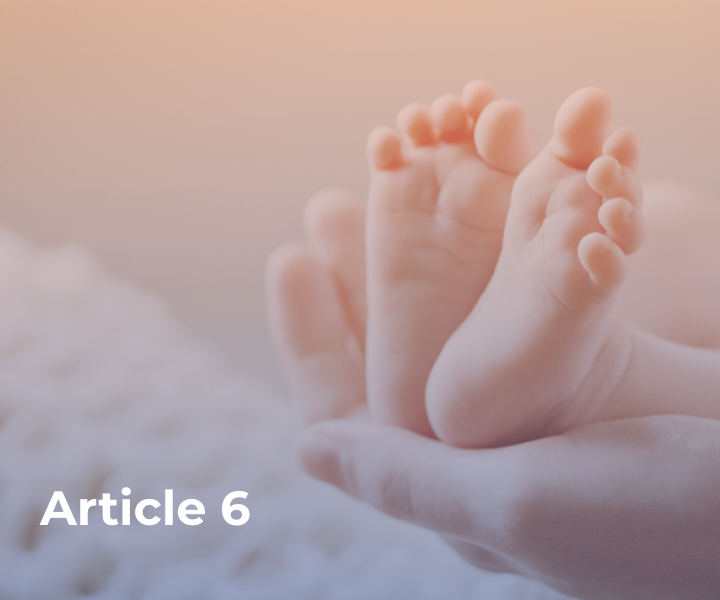
ARTICLE 6
You have the right to life.
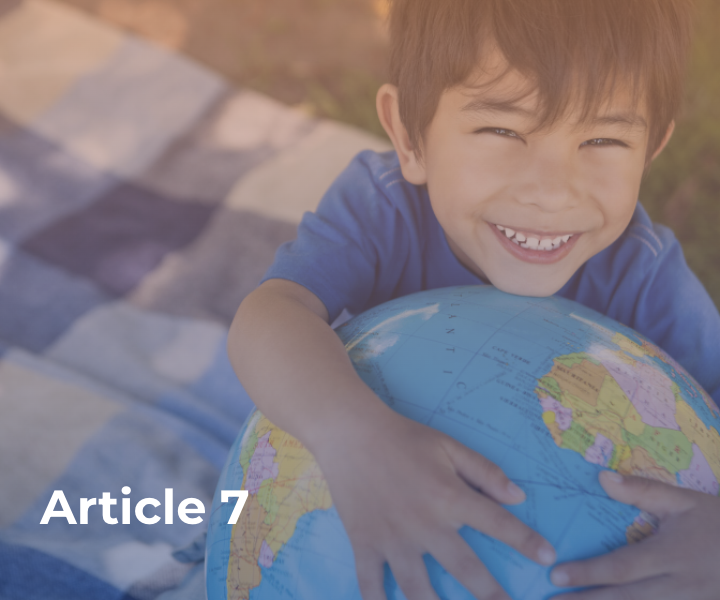
ARTICLE 7
You have the right to have a name and a nationality.
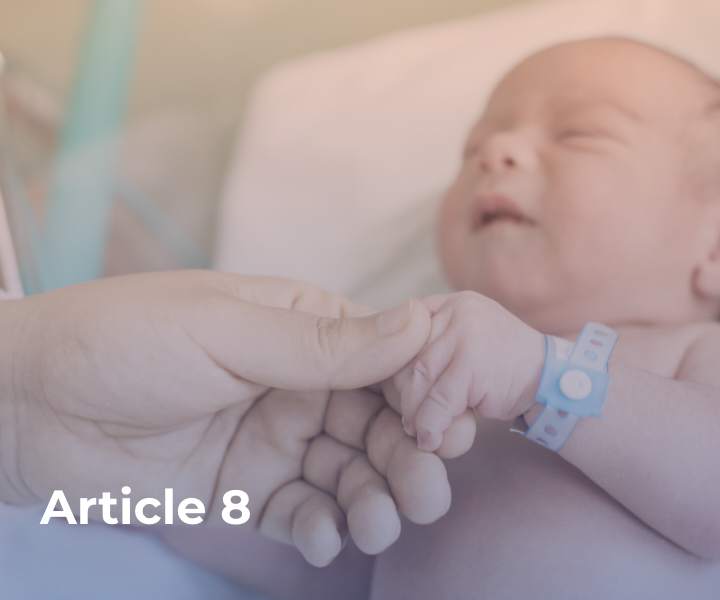
ARTICLE 8
You have the right to an identity.
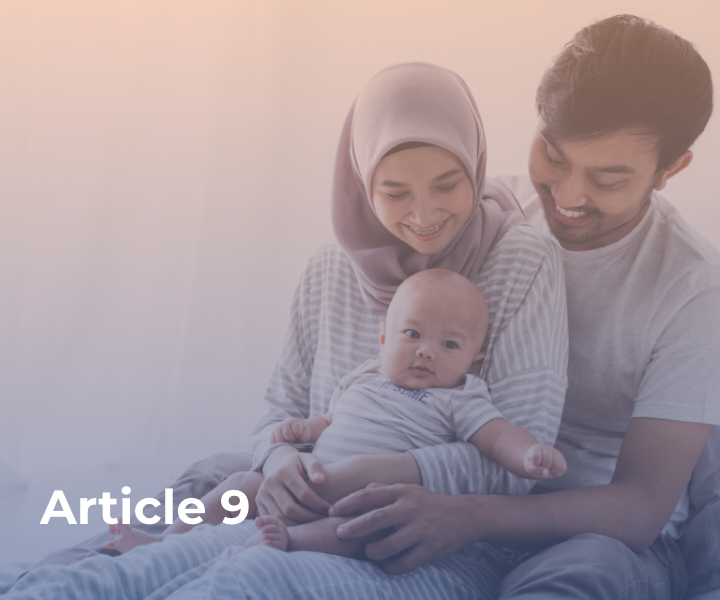
ARTICLE 9
You have the right to live with your parents, unless it is bad for you.
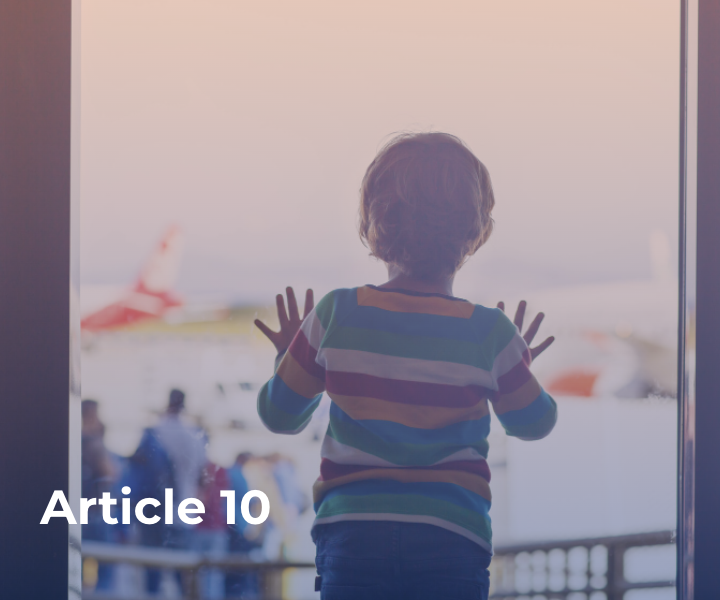
ARTICLE 10
If you and your parents are living in separate countries, you have the right to get back together and live in the same place.
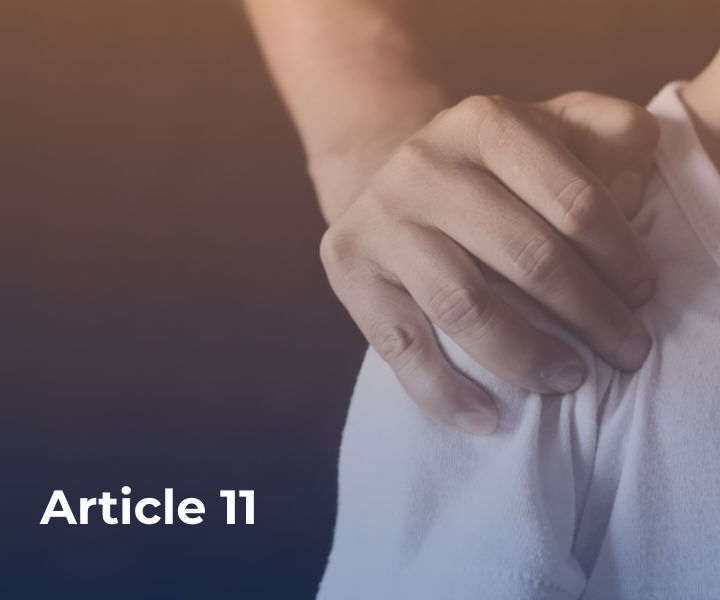
ARTICLE 11
You should not be kidnapped.
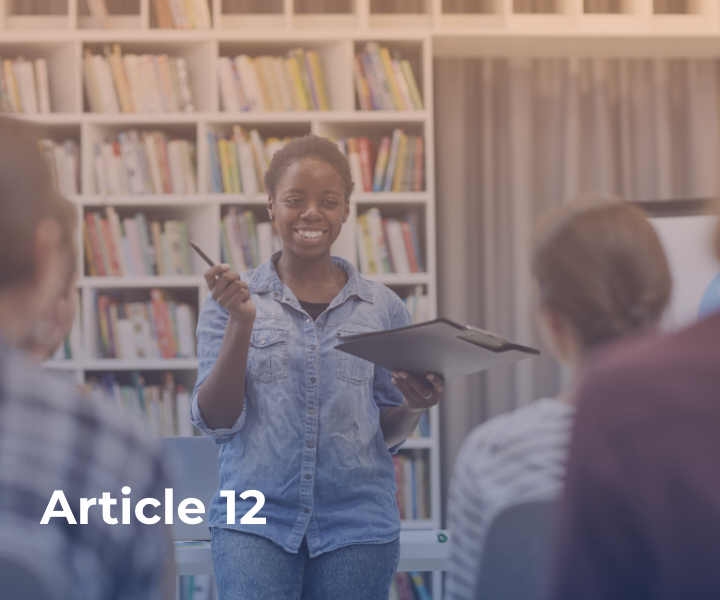
ARTICLE 12
You have the right to an opinion and for it to be listened to and taken seriously.
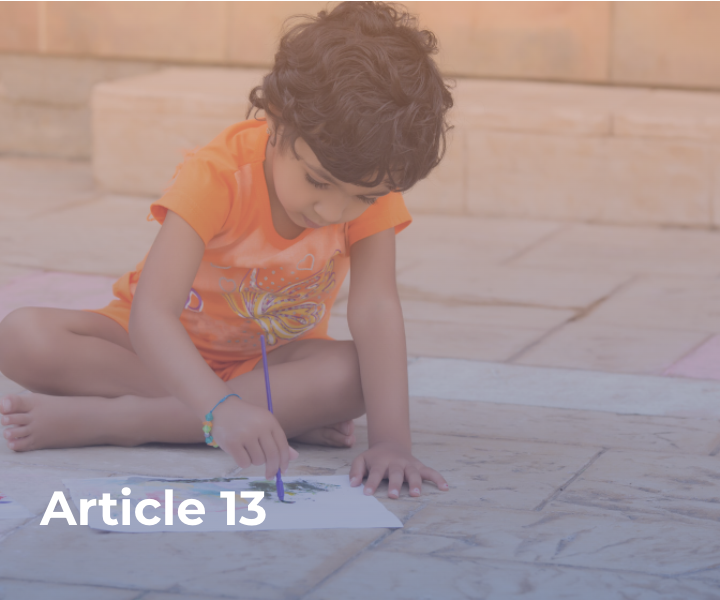
ARTICLE 13
You have the right to find out things and say what you think, through making art, speaking and writing, unless it breaks the rights of others.
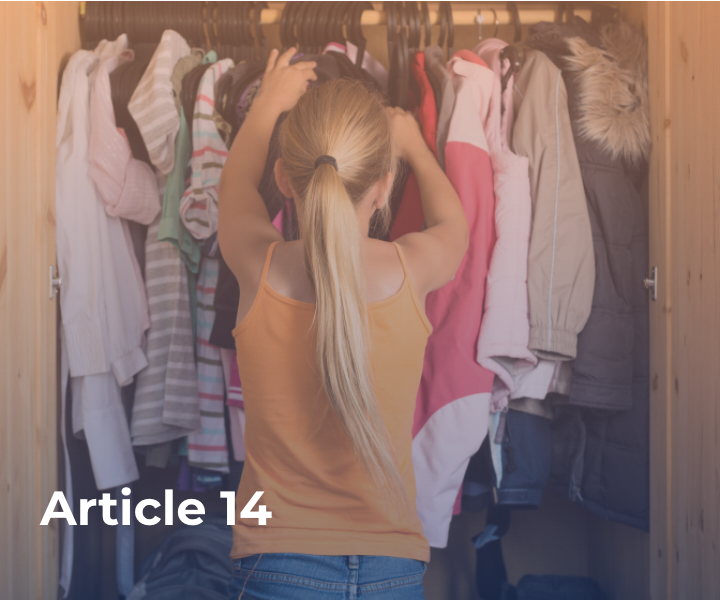
ARTICLE 14
You have the right to think what you like and be whatever religion you want to be, with your parents’ guidance.
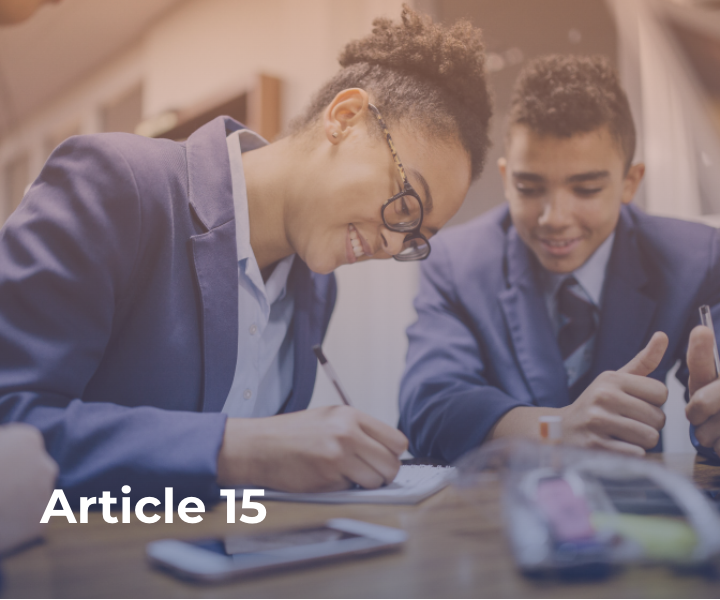
ARTICLE 15
You have the right to be with friends and join or set up clubs, unless this breaks the rights of others.
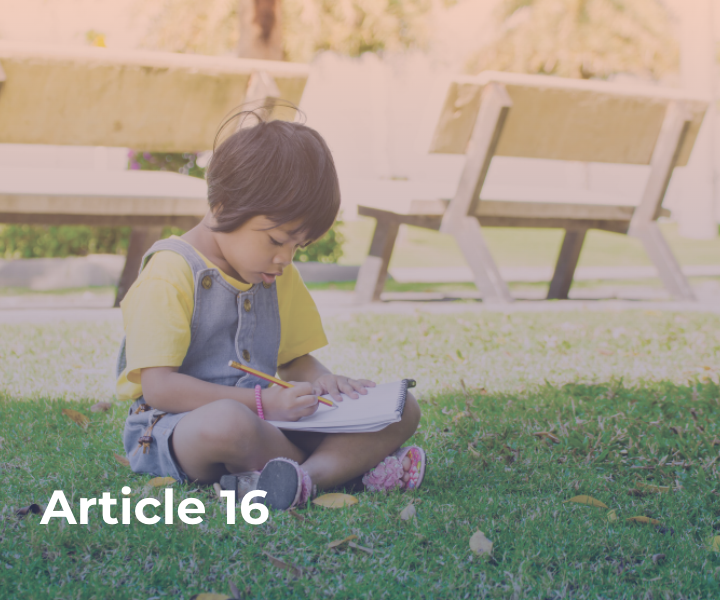
ARTICLE 16
You have the right to a private life. For instance, you can keep a diary that other people are not allowed to see.
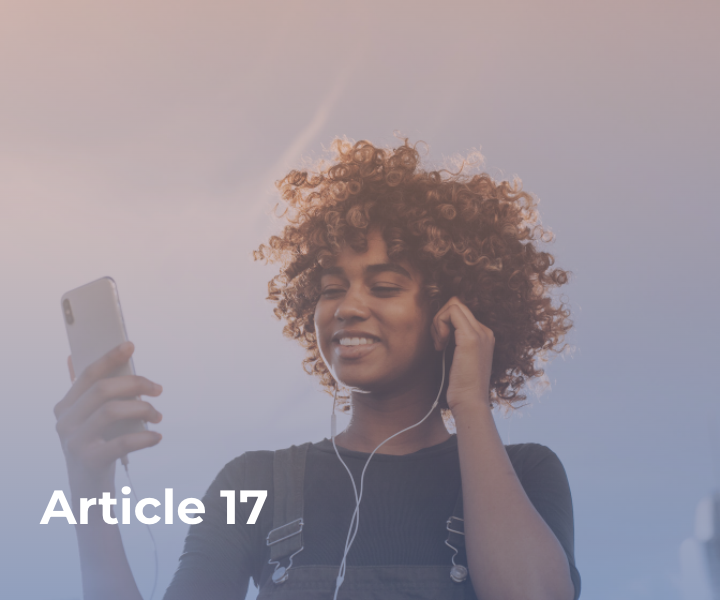
ARTICLE 17
You have the right to collect information from the media – radios, newspapers, television, etc – from all around the world. You should also be protected from information that could harm you.
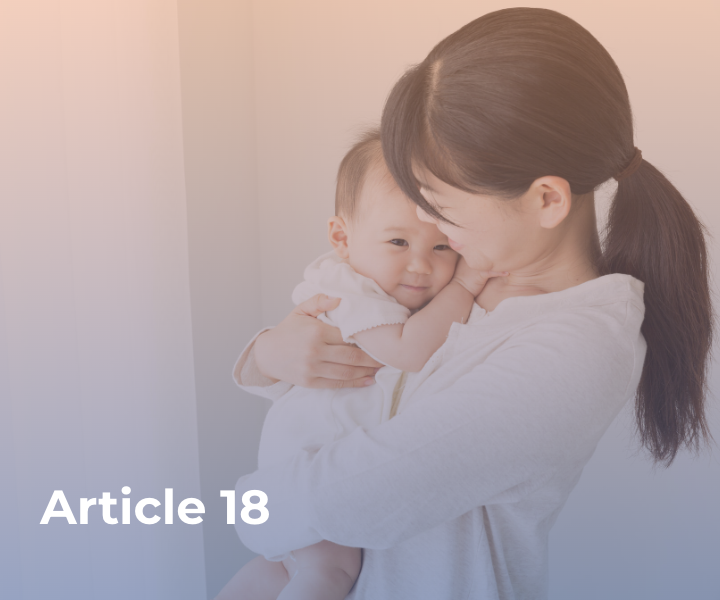
ARTICLE 18
You have the right to be brought up by your parents, if possible.
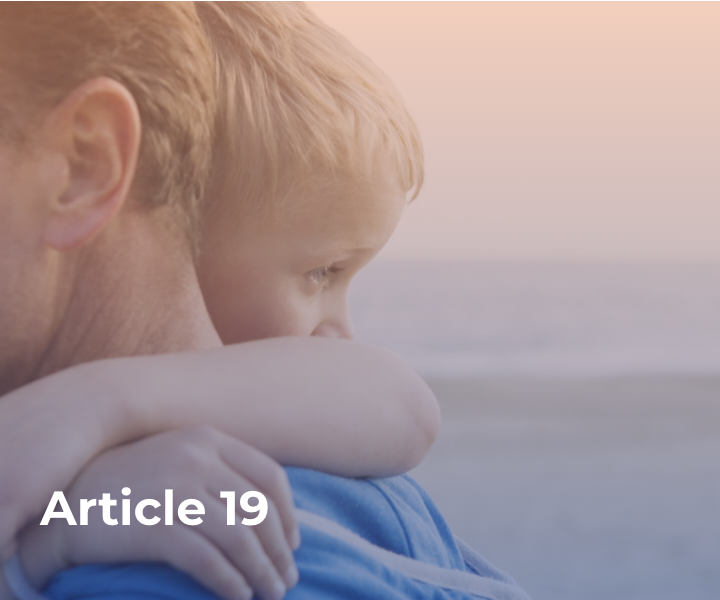
ARTICLE 19
You have the right to be protected from being hurt or badly treated.
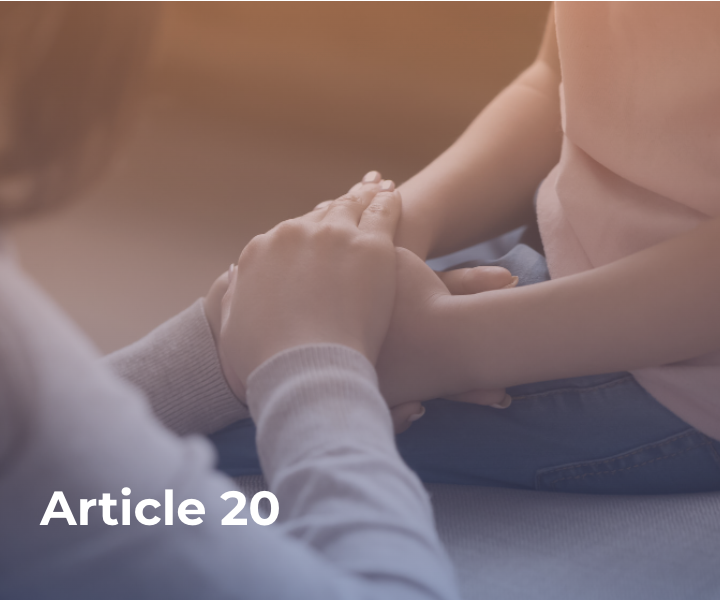
ARTICLE 20
You have the right to special protection and help if you can’t live with your parents.
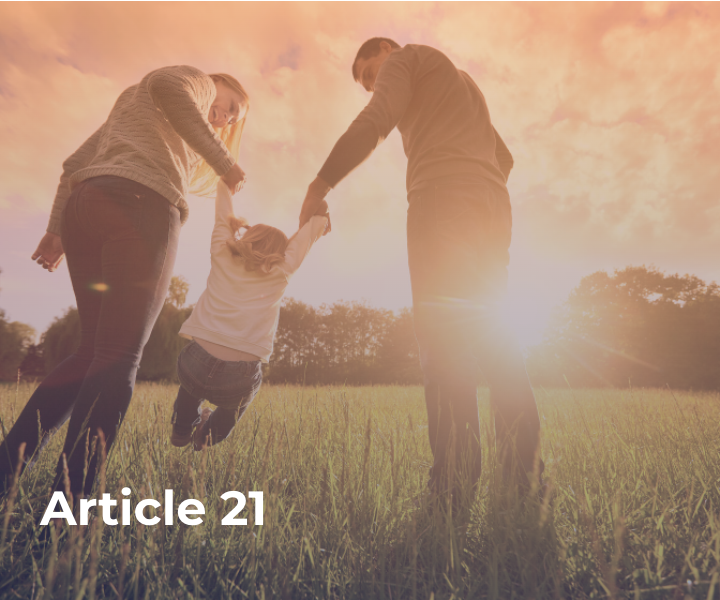
ARTICLE 21
You have the right to have the best care for you if you are adopted or fostered or living in care.
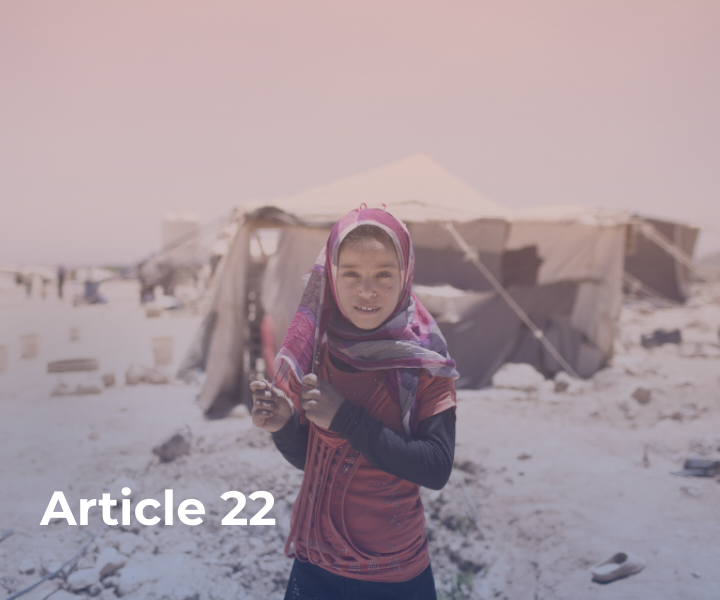
ARTICLE 22
You have the right to special protection and help if you are a refugee.A refugee is someone who has had to leave their country because it is not safe for them to live there.
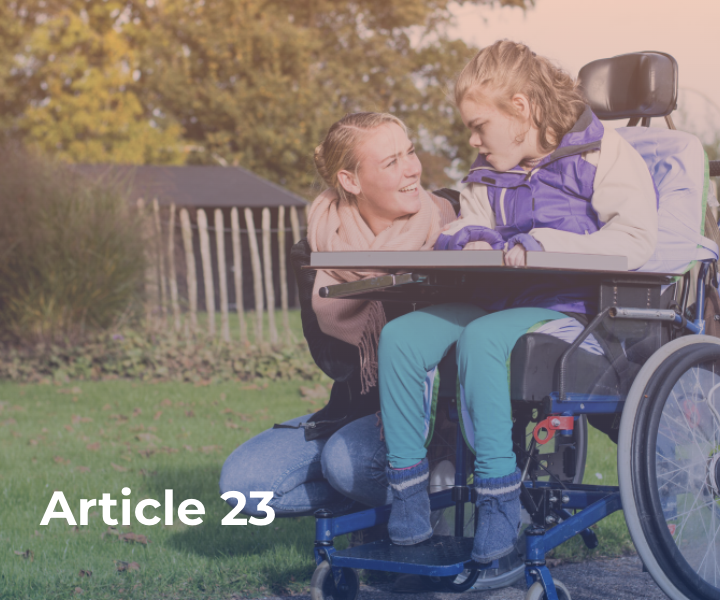
ARTICLE 23
If you are disabled, either mentally or physically, you have the right to special care and education to help you develop and lead a full life.
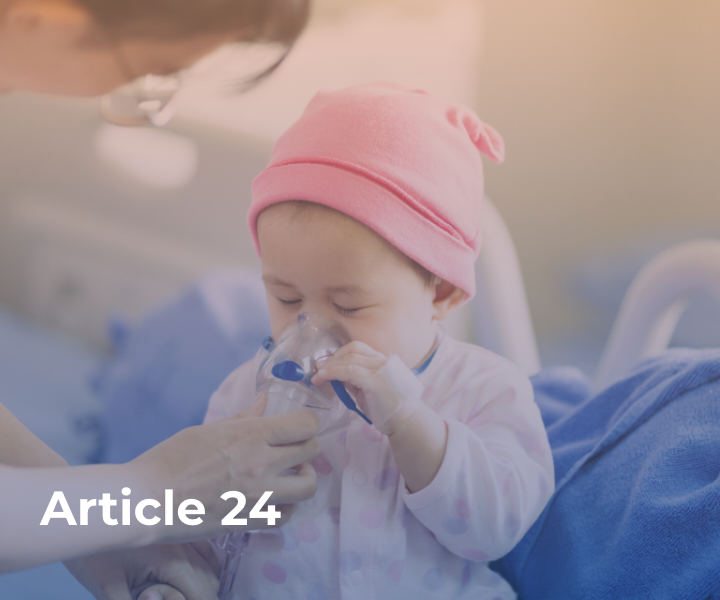
ARTICLE 24
You have a right to the best health possible and to medical care and to information that will help you to stay well.

ARTICLE 25
You have the right to have your living arrangements checked regularly if you have to be looked after away from home.
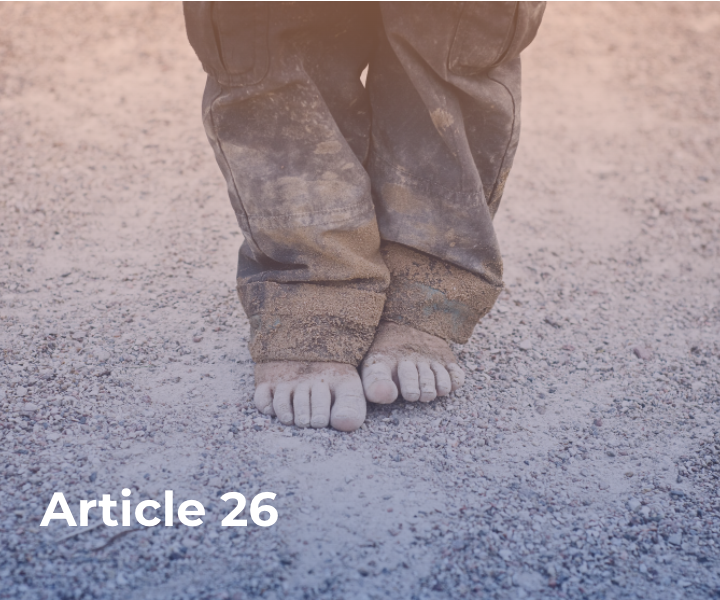
ARTICLE 26
You have the right to help from the government if you are poor or in need.
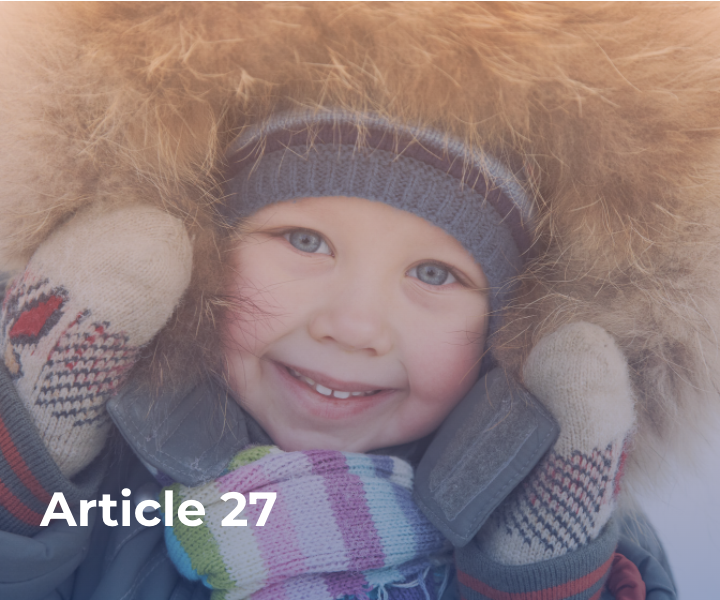
ARTICLE 27
You have the right to a standard of living that is good enough to meet your physical, social and mental needs.
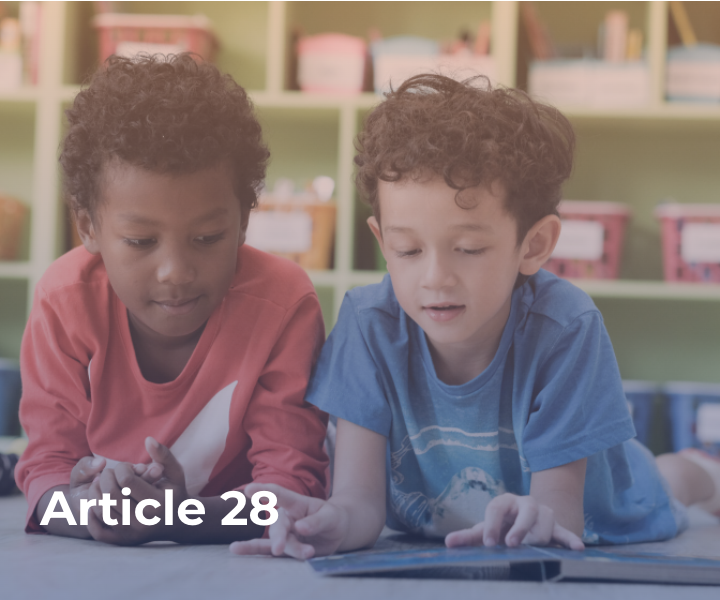
ARTICLE 28
You have the right to education.
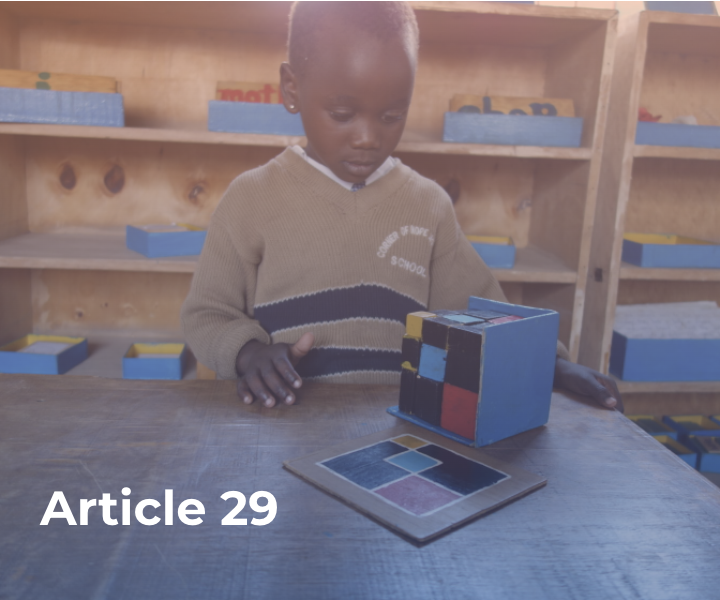
ARTICLE 29
You have the right to education which tries to develop your personality and abilities as much as possible and encourages you to respect other people’s rights and values and to respect the environment.
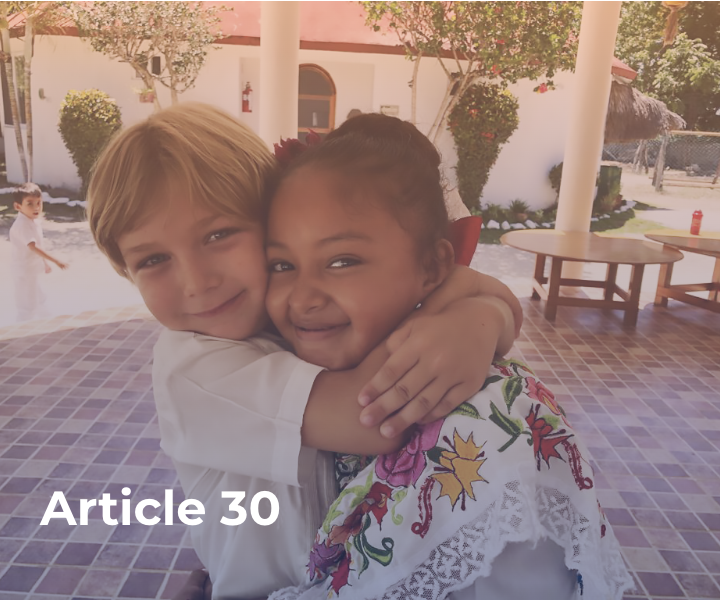
ARTICLE 30
If you come from a minority group, because of your race, religion or language, you have the right to enjoy your own culture, practise your own religion, and use your own language.
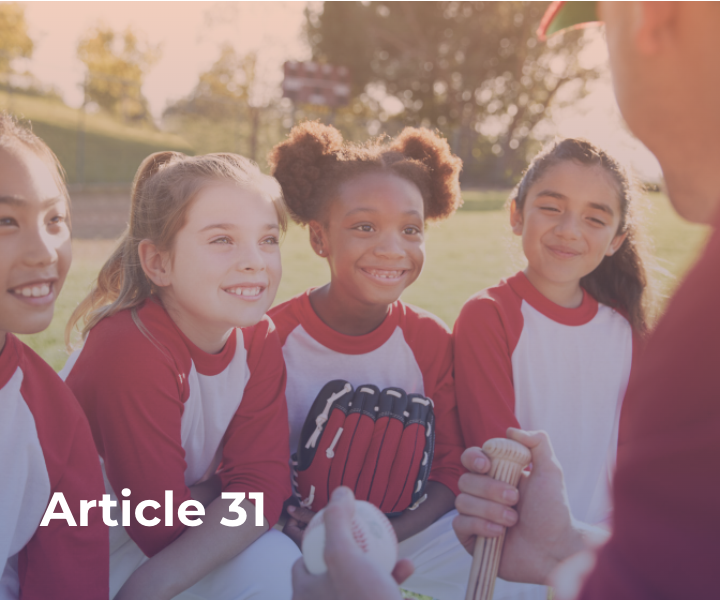
ARTICLE 31
You have the right to play and relax by doing things like sports, music and drama.
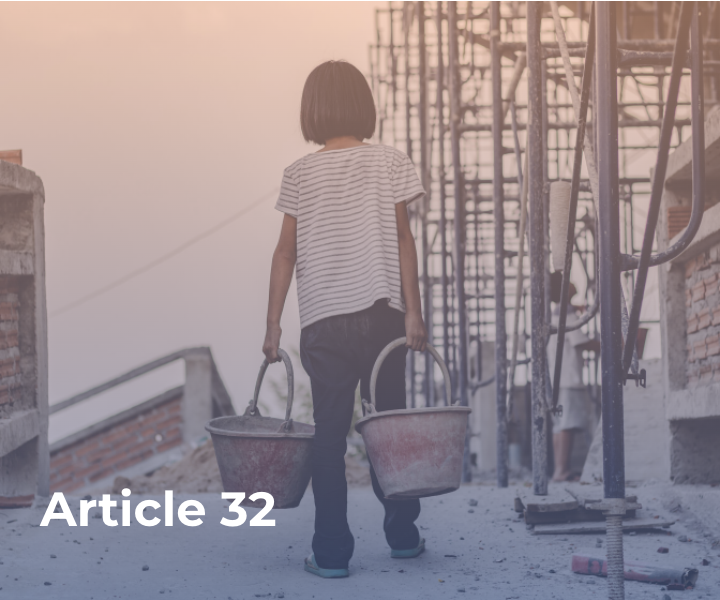
ARTICLE 32
You have the right to protection from work that is bad for your health or education.
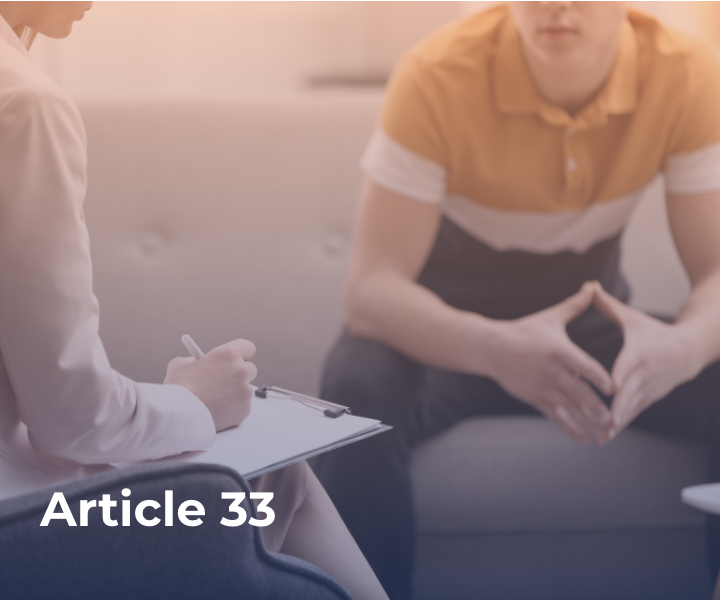
ARTICLE 33
You have the right to be protected from dangerous drugs.
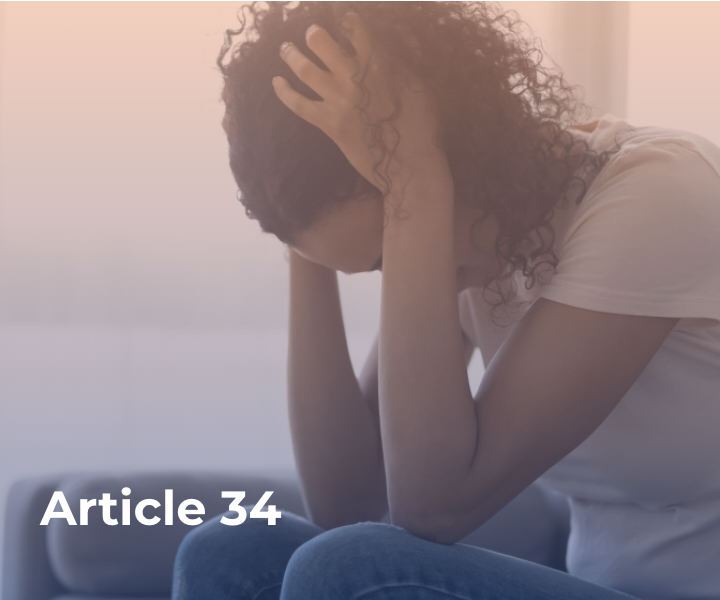
ARTICLE 34
You have the right to be protected from sexual abuse.

ARTICLE 35
No-one is allowed to kidnap you or sell you.
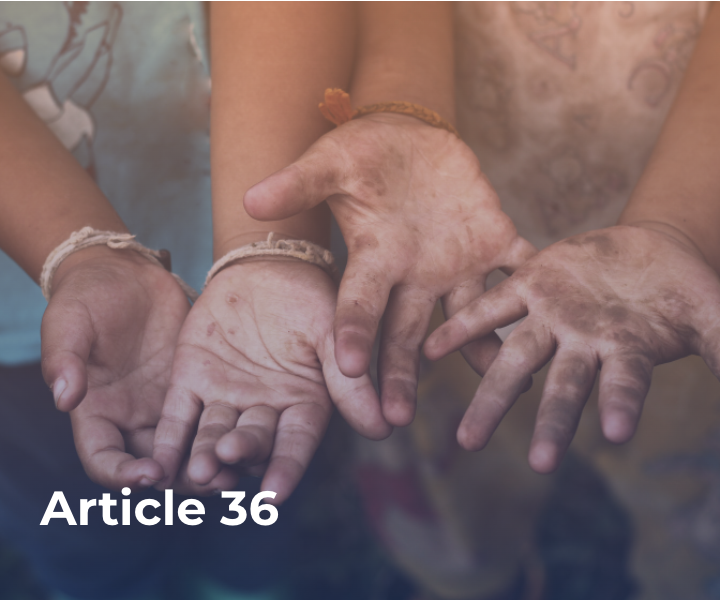
ARTICLE 36
You have the right to protection from of any other kind of exploitation.
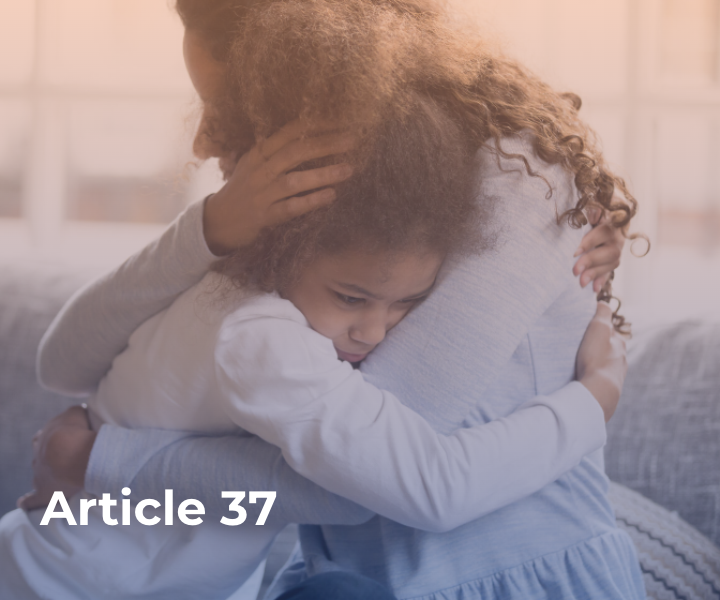
ARTICLE 37
You have the right not to be punished in a cruel or hurtful way.
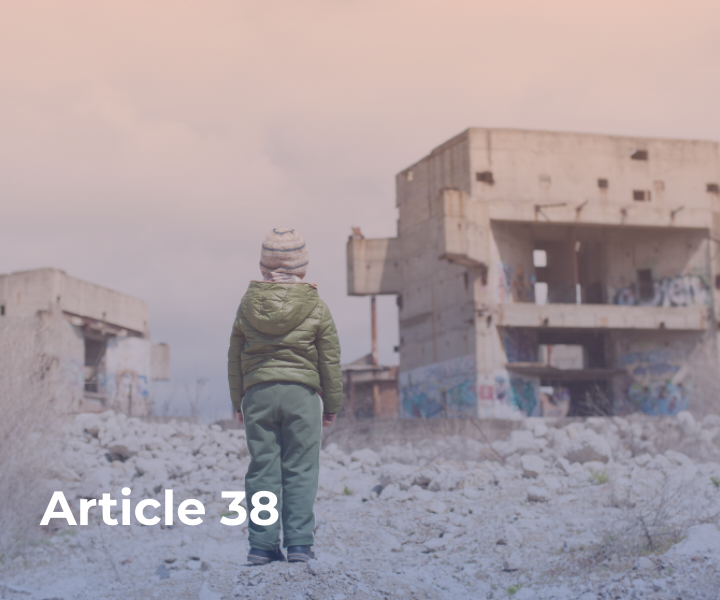
ARTICLE 38
You have a right to protection in times of war. If you are under 15, you should never have to be in an army or take part in a battle.
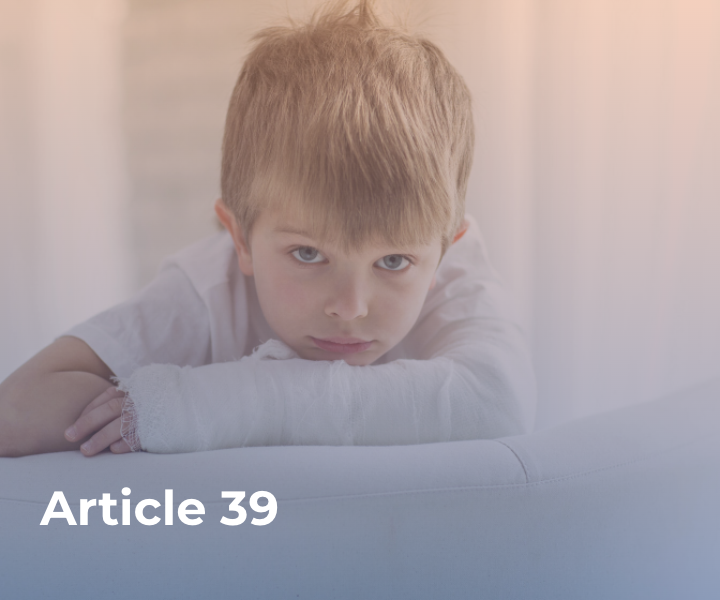
ARTICLE 39
You have the right to help if you have been hurt, neglected, or badly treated.
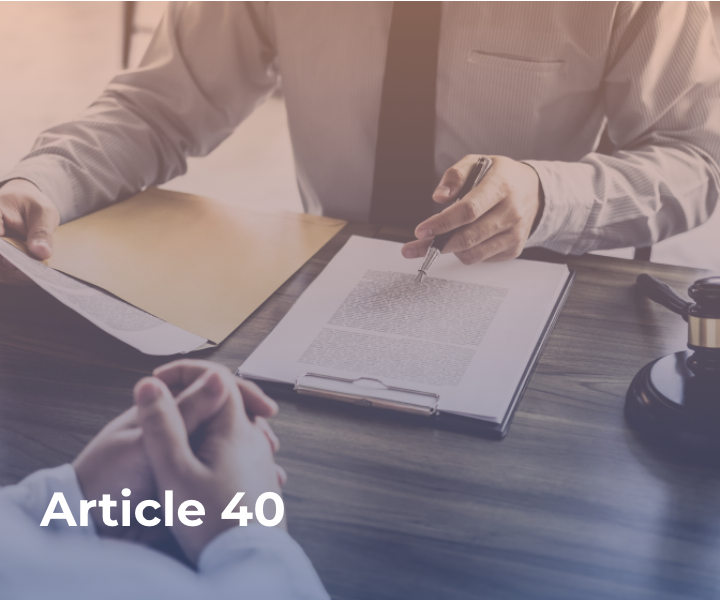
ARTICLE 40
You have the right to help in defending yourself if you are accused of breaking the law.
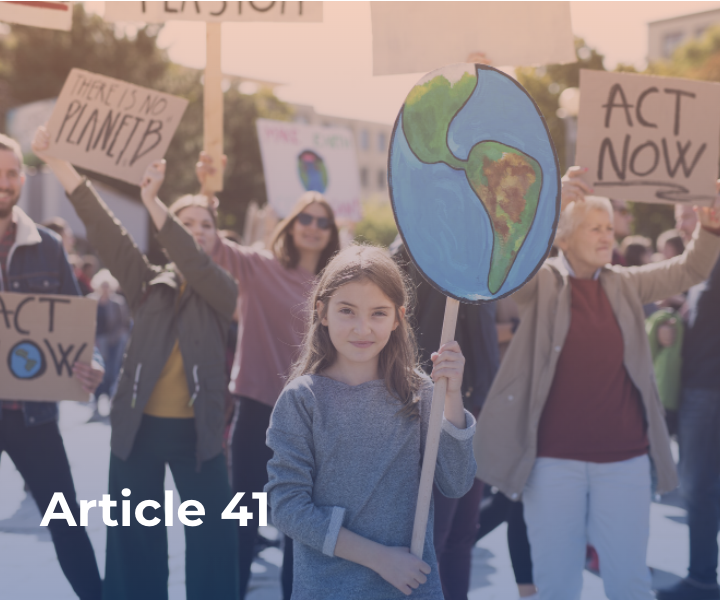
ARTICLE 41
You have the right to any rights in laws in your country or internationally that give you better rights than these.
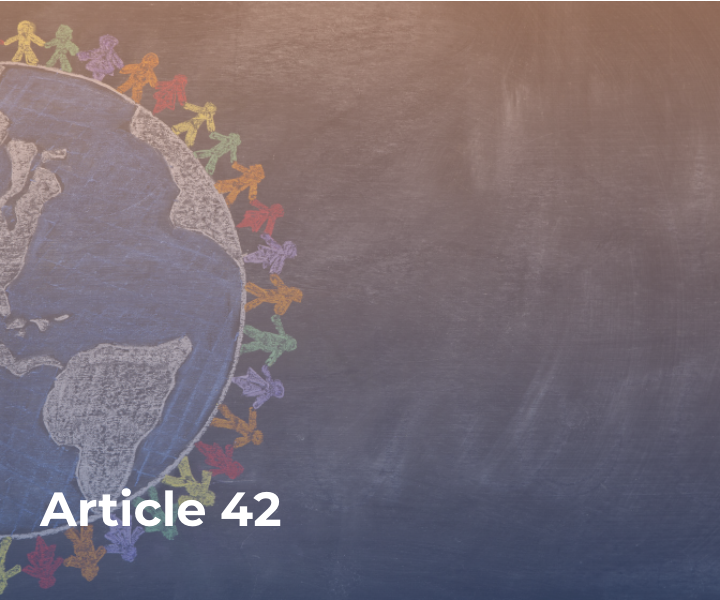
ARTICLE 42
All adults and children should know about this convention. You have a right to learn about your rights and adults should learn about them too.
Which articles does AMI promote?
With a particular focus on those children living in situations of disadvantage, we commit to advocating for those provisions in the Convention which will impact them most positively, such as: access to equitable, inclusive, quality education that respects and celebrates diversity of cultures and languages (Arts 28/29), a living environment adequate for their development (Art 27), the right to express their opinion (Art 12), the right to remain with their parents and family (Art 9).
With a particular focus on those children living in situations of disadvantage, we commit to advocating for those provisions in the Convention which will impact them most positively.

